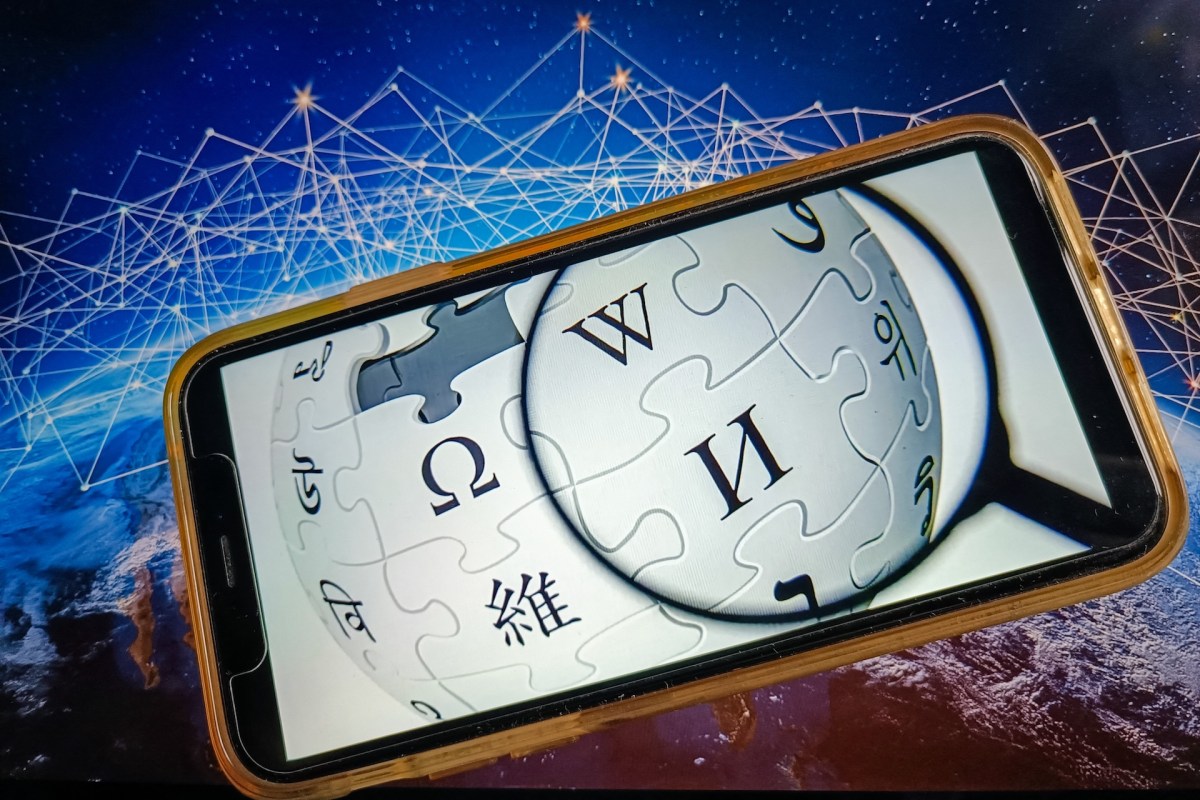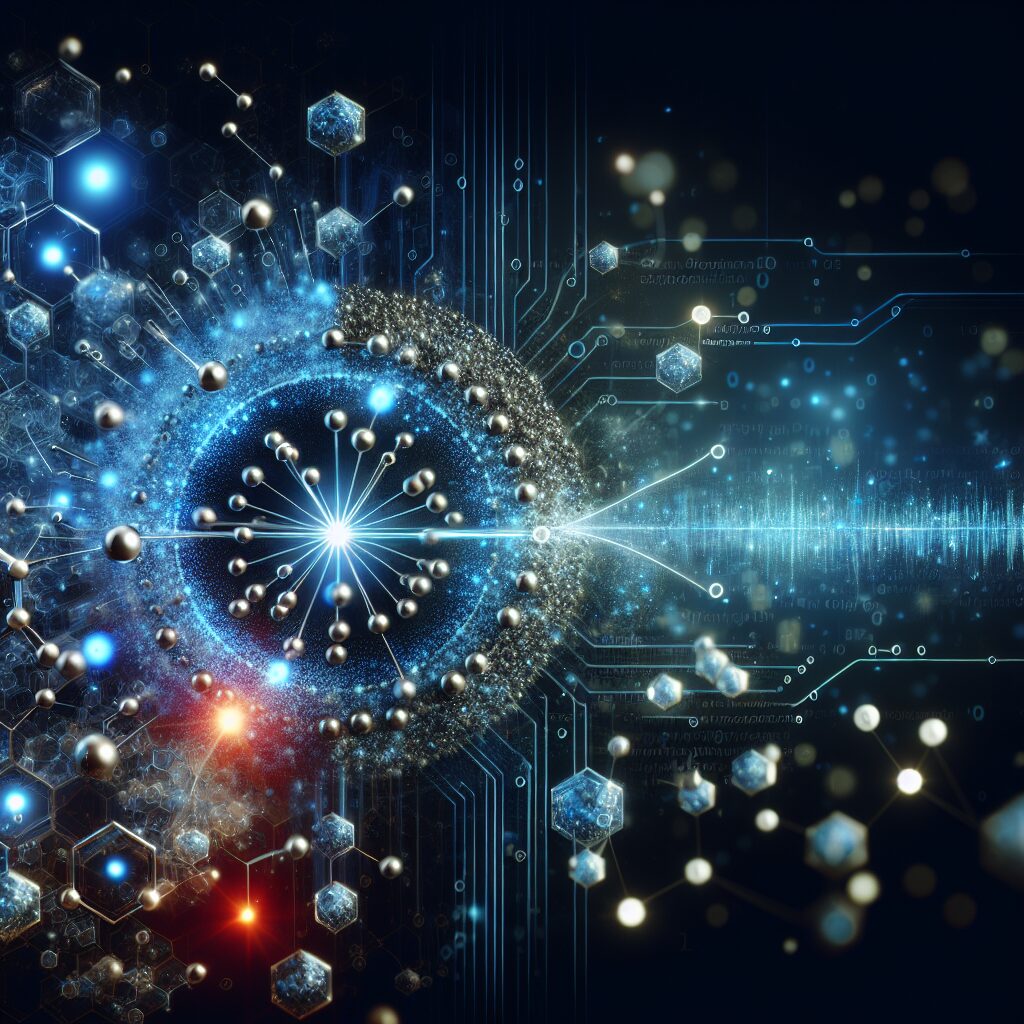The challenge of identifying text generated by artificial intelligence has prompted Wikipedia editors to create a comprehensive guide on the subject. Titled “Signs of AI Writing,” this resource aims to help readers discern whether the content they encounter may be the product of large language models. As AI-generated prose becomes increasingly sophisticated, the guide provides essential insights into recognizing its distinctive characteristics.
Wikipedia’s Initiative Against AI Submissions
Since early 2023, Wikipedia has been actively addressing the influx of AI-generated content through a project known as Project AI Cleanup. With millions of edits submitted daily, the Wikipedia community has focused on evaluating these contributions critically. The guide was brought to wider attention by poet Jameson Fitzpatrick, who highlighted its significance on social media platform X.
The guide emphasizes that automated detection tools are often ineffective. Instead, it identifies specific phrases and styles that are prevalent in AI writing but rare in Wikipedia’s traditional content. For example, AI-generated text often tends to emphasize the significance of a subject using vague terms such as “a pivotal moment” or “a broader movement.” This approach can make the content appear notable without substantial evidence.
Another notable characteristic of AI writing is the tendency to include minor media mentions to bolster a subject’s importance. This is common in personal biographies but less so in articles from independent sources. The guide also points out a frequent use of ambiguous language, where AI models might describe something as “emphasizing the significance” or “reflecting the continued relevance” of a topic.
Identifying Distinctive Features of AI Writing
The guide highlights additional traits that mark AI-generated content. For instance, it often employs vague marketing language, which is widespread across the internet. Descriptions like “scenic landscapes,” “breathtaking views,” and terms such as “clean” and “modern” tend to dominate this style of writing. As the editors aptly note, such prose “sounds more like the transcript of a TV commercial” than a factual article.
Readers are encouraged to familiarize themselves with these patterns, as they are deeply rooted in the training and deployment of AI models. While these characteristics can be masked, completely eliminating them remains a challenge. As public awareness grows regarding the identification of AI-written text, its implications could significantly affect how content is consumed and evaluated.
The Wikipedia guide stands out as a crucial tool in the ongoing discourse surrounding AI and its impact on writing. As the line between human and machine-generated text continues to blur, resources like this one will be vital for ensuring that readers can navigate the evolving landscape of information.







